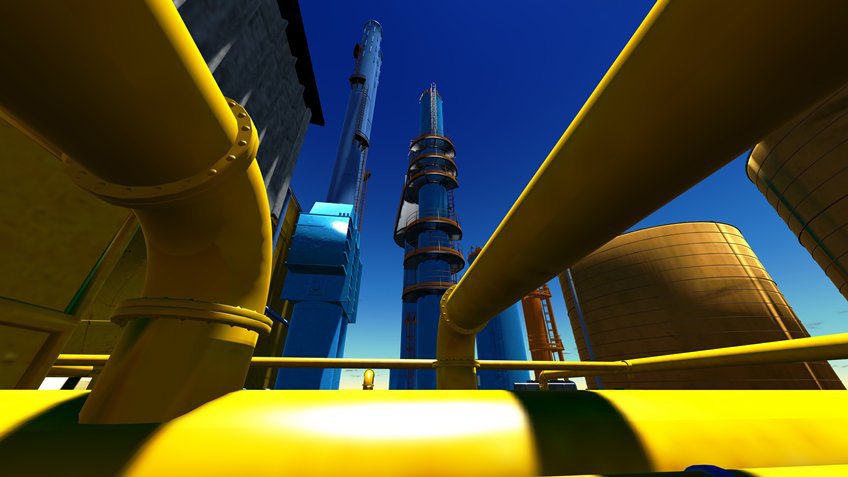Recommended For You
Global energy demand is constantly increasing, but the oil and gas industry is seeing more of its existing oilfields mature – locations that have been relatively easy to explore and develop due to accessibility of water depth, their distance to coast and weather conditions.
This maturity issue has been around for many years, including around the Norwegian Continental Shelf. Oil companies recognize the challenges are developing innovative technologies that can help ensure high excavation rates, as well as testing equipment that can support the “subsea factory.”
There is a wide array of technology already operating around the world that can also help support subsea operations in a safe and productive way.
Subsea installations can be deployed under 3000 meters of water, often in harsh environments. This leads to a variety of challenges when designing these installations, including issues such as water pressure, temperature, access for service, and the cost of deploying vessels for installation and service. Subsea installations need to ensure high and consistent output with an extremely high focus on environmental issues if the installation fails.
Can you operate an oilfield under 3000 meters of water depth in a sustainable way?
Billions of dollars have been invested developing subsea technology, which is typically state of the art and custom designed and means a high CAPEX in investments for the operators. However, one factor also to be considered is the total lifecycle cost of service, spare parts availability, qualification and re-qualification, obsolescence management, and maintaining and retaining the highly skilled and valuable employees required to run these operations.
These factors drive subsea installations and equipment to a level to where a subsea factory is not sustainable from an operator perspective, especially in an environment with demanding shareholders and fluctuating oil prices.
Today we see that there is a demand from the subsea industry and end users for their vendors to work on standardization and industrialization to keep the subsea factory sustainable. Vendors must offer a portfolio of off-the-shelf technology to support the future of a sustainable subsea factory.
For years we have worked with the major subsea end users and OEMs so we can provide off-the-shelf technology that supports the standards ISO13628-9 and IPC610 Class 3, which can address an automation fault tolerant platform for subsea purposes.
This has been deployed globally with a focus on process safety and emergency shutdown in applications such as rotating equipment, process systems, HIPPS systems, safety and high availability systems for wellheads. Our approach was to modify a safety PLC system with an well-established track record in topside oil and gas and change the form factor and adjust production and qualifications according ISO 13628-6 and IPC 610 Class 3, thus providing the market with a proven technology suitable for the subsea environment yet still an off-the-shelf solution available globally with short lead time.
But let's take a minute and play a little mind game! What if we looked at other standard technologies such as advanced conditioning monitoring, nonproprietary communication protocols, CIP safety (Common Industrial Protocol), the Corporate Enterprise, and Integrated Architecture? Big Data, real time information and the Internet of Things – technologies that all of our consumers use in order for them to drive a healthy, safe and sustainable Business.
Why not use the existing proven technology?
The question from subsea end-users and OEMs would be: “Why not offer all of the technology we need so we can use it off-the-shelf?” This is a good and valid question – and the answer to that is easy: show us a common industry standard that we can apply such as form factor, temperature, design and functionality to help drive industrialization and standardization. We cannot drive standardization and industrialization when there still a huge focus and acceptance of proprietary automation systems.
For example, in the 1970s and 1980s, the automotive and other industries were at a stage where they built their own proprietary automation systems to decrease production costs and increase efficiency. Rockwell Automation (Allen-Bradley at the time) engaged those industries and offered the first PLCs to the market – and we all know where development has gone from there. This to show that Rockwell Automation can and will drive industrialization and standardization, but we need to do it together with the industry itself in order to make business sustainable for all.
So the answer to the question, “Can you operate an oilfield under 3000 meters of water depth in a sustainable way?” Yes but only in collaboration with the automation and information industry.
To learn more about oil and gas solutions, please visit our web site and for more information on Functional Safety for Oil and Gas process applications, download our Process Safebook here.
Published February 3, 2015


